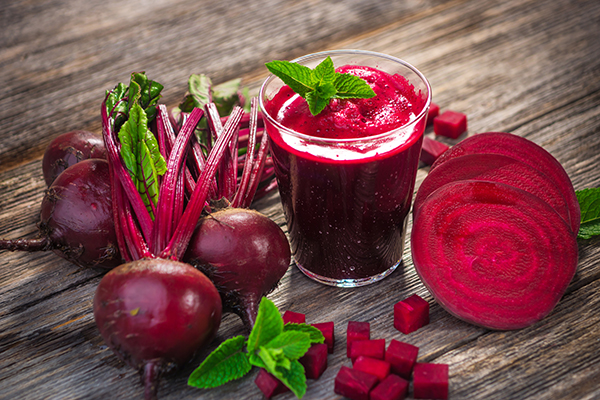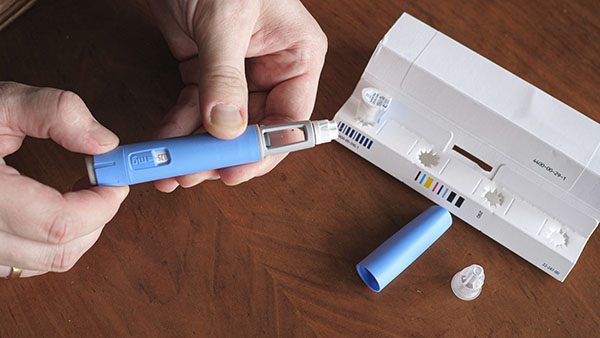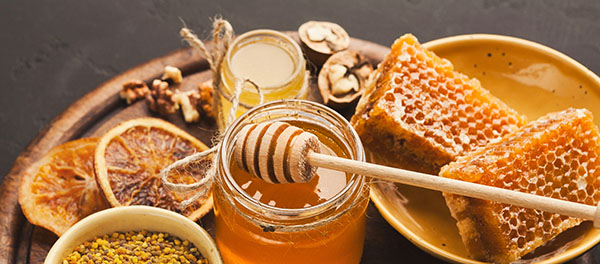 Parler
Parler Gab
Gab
- Foods rich in soluble fiber (beans, oats, avocados), monounsaturated fats (olive oil, nuts) and lean protein can stimulate GLP-1 production — a hormone that promotes satiety and weight management — offering a drug-free alternative to medications like Ozempic.
- Eating habits such as consuming larger, fiber- and protein-rich breakfasts, sequencing meals (protein/vegetables before carbs) and eating slowly enhance GLP-1 response and improve weight loss outcomes.
- Psyllium, berberine, yerba mate and wild bitter gourd show promise in supporting GLP-1 levels, though evidence is limited; they should complement, not replace, dietary changes.
- While GLP-1 drugs are more potent (e.g., Ozempic raises levels 1,000x higher than diet), they come with side effects and costs. Diets like the Mediterranean offer broader health benefits, including reduced heart disease risk.
- Experts emphasize long-term dietary approaches over quick fixes, as natural GLP-1 activation through food supports holistic well-being without the drawbacks of medications.
The food-GLP-1 connection: Key nutrients and foods
The cornerstone of natural GLP-1 elevation lies in specific nutrients. Dietary fiber, particularly soluble fiber found in beans, oats and avocados, plays a starring role. When fermented by gut bacteria, fiber generates short-chain fatty acids (SCFAs), which directly stimulate GLP-1 production. A study cited in Scourboutakos’ research found that fiber intake predicts weight loss independent of calorie restriction, with SCFAs like acetate being particularly effective hormones inducers. Monounsaturated fats, abundant in olive oil, avocados and nuts, also amplify GLP-1. Research demonstrated that consuming bread with olive oil triggered higher GLP-1 levels than bread with butter, while pairing an avocado with a bagel boosted the hormone compared to the bagel alone. Pistachios, a rare food high in both fiber and MUFAs, further highlight the synergistic potential of nutrient combinations. Lean protein and healthy fats further aid hormone production. The Mediterranean diet, which emphasizes fish, olive oil and fiber-rich vegetables, outperformed GLP-1 medications in reducing heart disease risk (30% vs. 20% for drugs), underscoring the diet’s holistic benefits.Eating strategies that trick the hormone
Beyond food choices, how and when you eat matters. Scourboutakos’ research emphasizes that timing and sequence alter GLP-1 responsiveness:- Meal timing: A morning meal induces a stronger GLP-1 response than one at night. Studies confirm larger breakfasts with fiber and protein — over smaller dinners — promote greater weight loss, aligning with age-old advice to “eat breakfast like a king.”
- Meal sequence: Eating protein or vegetables before carbohydrates boosts GLP-1. A fish-and-rice meal, for instance, yields higher GLP-1 than rice-first eating.
- Speed and chewing: Slow eating, chewing food thoroughly and even altering texture amplify hormone signals. A study found ice cream consumed over 30 minutes raised GLP-1 40% more than when eaten quickly. Shredded cabbage produced higher levels than pureed cabbage, suggesting physical form influences absorption.
Supplements with emerging promise
While dietary approaches remain foundational, certain supplements show potential in GLP-1 support, though evidence varies. Dr. Rowe’s research identifies compounds like psyllium (a soluble fiber supplement) and berberine (a plant extract) as promising but notes gaps in human studies. Yerba mate, curcumin and wild bitter gourd extracts, meanwhile, show animal and preliminary human data linking them to increased GLP-1 and improved metabolic health. For example, wild bitter gourd reduced waistlines and blood sugar in 42 metabolic syndrome patients over three months, with weekly use of 4.8g lyophilized powder. However, supplementation should complement — not replace — dietary changes, experts caution.Natural vs. medication: Efficacy and safety considerations
Though natural strategies pale in potency to drugs, their benefits extend beyond the scale. Ozempic elevates GLP-1 levels over 1,000 times higher than fiber-rich diets (65 nanograms/mL vs. 59 picograms/mL), but short-term weight loss with medications often comes at the cost of gastrointestinal side effects, cost barriers and muscle mass loss. In contrast, diets like the Mediterranean reduce cardiovascular risk without systemic hormonal interference, making them ideal for long-term health.Prioritizing sustainable health over quick fixes
While Ozempic and similar drugs offer rapid weight reduction, Scourboutakos and Rowe argue that dietary approaches represent a safer, more wholesome alternative. By prioritizing fiber-rich meals, strategic eating habits and informed supplementation, individuals can activate their body’s natural GLP-1 pathways, fostering health outcomes that medications cannot achieve alone. As chronic disease rates rise globally, this research reaffirms what wellness proponents have long urged: food remains one of the most potent — and overlooked — tools in the pursuit of sustainable health. Sources for this article include: StudyFinds.org GoodRX.comSupercharge your workout with beet juice
By News Editors // Share
TCM’s timeless secrets for liver health and better sleep
By Willow Tohi // Share
Syrian rue’s psychoactive and medicinal power revealed in 2,700-year-old ritual
By Lance D Johnson // Share
Sweet solutions: Nature’s alternatives transform health and cuisine
By Willow Tohi // Share
Governments continue to obscure COVID-19 vaccine data amid rising concerns over excess deaths
By patricklewis // Share
Tech giant Microsoft backs EXTINCTION with its support of carbon capture programs
By ramontomeydw // Share
Germany to resume arms exports to Israel despite repeated ceasefire violations
By isabelle // Share










